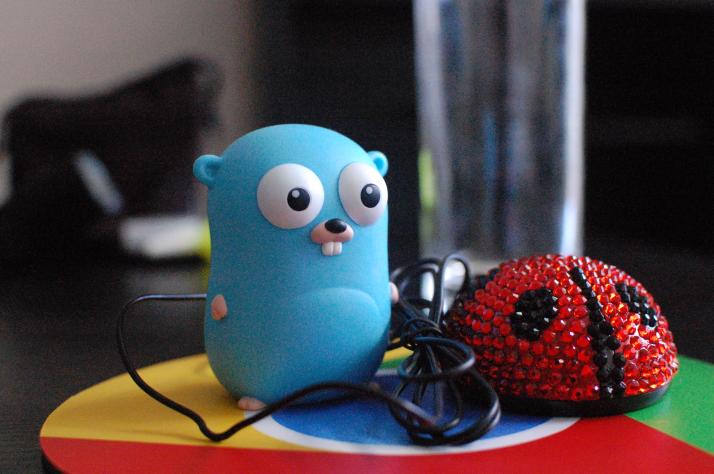Go (also known as Golang) is an open-source programming language that is widely used for building scalable, efficient, and reliable applications. One of the most powerful features of Go is its support for methods. Methods are functions that are associated with a specific type and are used to perform operations on objects of that type. In this blog post, we will explore how to use Golang methods.
Creating a Method
To create a method in Golang, we first need to define a type. Let's take an example of a type Person which has two properties: name and age. Here is how we can define the type:
type Person struct {
name string
age int
}
Now, let's define a method called PrintName that prints the name of a person. To define a method, we need to specify the receiver, which is the object that the method is associated with. In our case, the receiver will be a pointer to a Person object. Here is how we can define the method:
func (p *Person) PrintName() {
fmt.Println(p.name)
}
The receiver is specified in parentheses before the method name. In this case, the receiver is a pointer to a Person object, denoted by *Person. The method takes no arguments and simply prints the name of the person using the fmt.Println function.
Using a Method
Now that we have defined a method, let's see how we can use it. First, let's create a Person object:
p := &Person{name: "John", age: 30}
Here, we have created a pointer to a Person object and initialized its properties with the values John and 30.
To call the PrintName method on this object, we simply need to use the dot notation:
p.PrintName()
This will call the PrintName method on the p object and print its name, which is John.
Passing Arguments to a Method
Methods can also take arguments just like regular functions. Let's modify our Person type to include a method called ChangeName that takes a new name as an argument and updates the name property of the person. Here is how we can define the method:
func (p *Person) ChangeName(newName string) {
p.name = newName
}
Here, the method takes a string argument called newName and updates the name property of the person object.
To use this method, we simply need to call it on a Person object and pass the new name as an argument:
p.ChangeName("Mike")
This will update the name property of the p object to Mike.
Conclusion
Methods are a powerful feature of Golang that allow us to perform operations on objects of a specific type. By defining a receiver and associating it with a method, we can create functions that are closely tied to the objects they operate on. In this blog post, we have explored how to define and use methods in Golang. With this knowledge, you can start building more efficient and scalable applications using Golang.


Comments